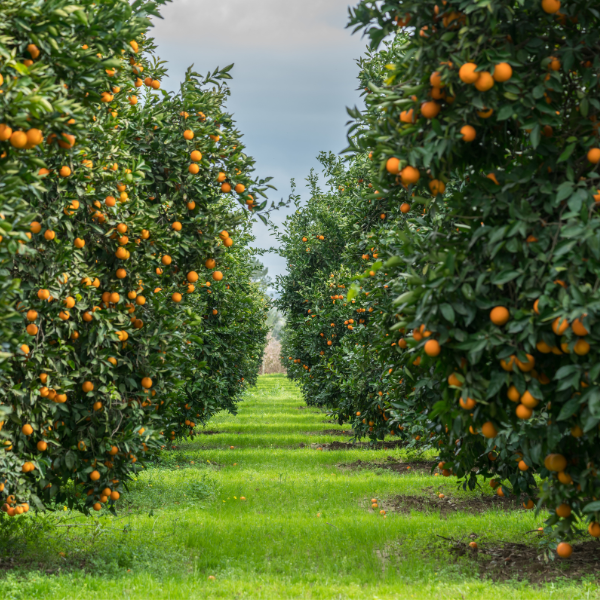Tree Fruit Operations

Convert orchards to organic production by eliminating synthetic pesticides, herbicides, fungicides, and GMOs, maintaining soil free of prohibited substances for 36 months, and adopting ecological practices to produce certified organic tree fruit (e.g., apples, peaches, cherries).
Key requirements:
- Land must have no prohibited substances applied for 36 months prior to harvesting organic fruit.
- Use only natural or allowed synthetic inputs from the National List for pest, weed, and disease control.
- Prohibit GMOs, synthetic fertilizers, sewage sludge, and irradiation.
- Maintain or improve soil and water quality, conserve biodiversity, and use buffer zones to prevent contamination.
- Document all practices in an Organic System Plan (OSP) for annual inspections.
